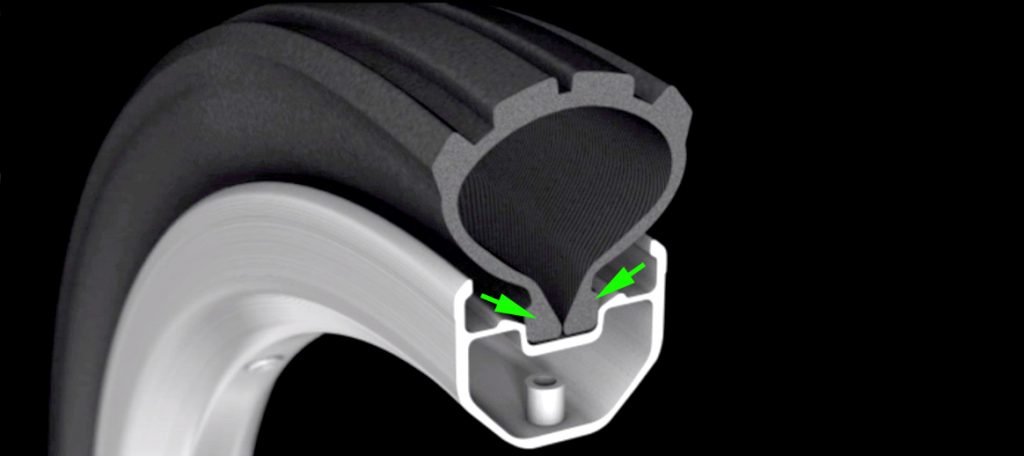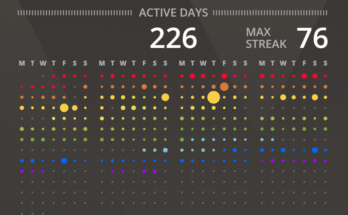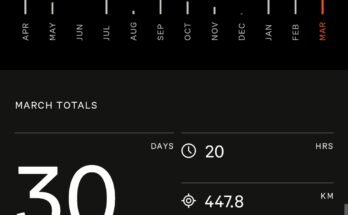
Every cyclist has to deal with punctures. I struggled with the process before realising that I was missing steps that most people take for granted. Here they are:
- Removing tight tires. I had major difficulties getting the Continental GP4000S II tires off my Reynolds Assault SLG rims. I struggled to the point I even broke a tire lever. I was doing it wrong. What I realised after many tries is that the trick is to move the bead of the tire smack into the centre of the rim. The centre of the rim is always the point where the rim is at its deepest. This means that doing so will give the tire the most amount of slack. Ensure you squeeze the entire tire all the way to the mid point of the rim and the tire will feel noticeably looser. Lever from that point and the tire pops out easily.

- Width matters more than circumference/length. For inner tubes, the width is the most important part of the equation. If you attempt to stretch an inner tube for more than 5mm of its stated width, the inner tube is likely to blow. However, it is perfectly fine to use a smaller circumference/length inner tube for a larger sized rim. Many mountain bikers have been using 26″ tubes for their 29″ rims. Sure, it is awkward to fit and you have to stretch the inner tube a fair bit but stretching the tube this way is less likely to cause the tube to go pop as compared to over extending its width. The simple reason is that inner tubes are often joined at a seam that runs along the circumference/length of the tube. This is the weak spot. Hence, stretching it width wise will stress the seam causing it to blow.
- CO2. I have seen many people waste their S$7 CO2 cartridges because they activate the cartridge before fully engaging the inner tube’s valve with the CO2 adapter. Always do it in reverse. Fit the adapter on the valve first ensuring that the adapter has been tightened to the point that the valve is open. Then gently screw the cartridge into the adapter. Double check that the valve remains open and then push the cartridge through , breaking its seal and having your inner tube fully inflate. No more wasted cartridges.
Many of these points are taken for granted and not explained in videos/guides. It took me a while to understand them and I hope this post will cut down the unnecessary learning curve for you.



